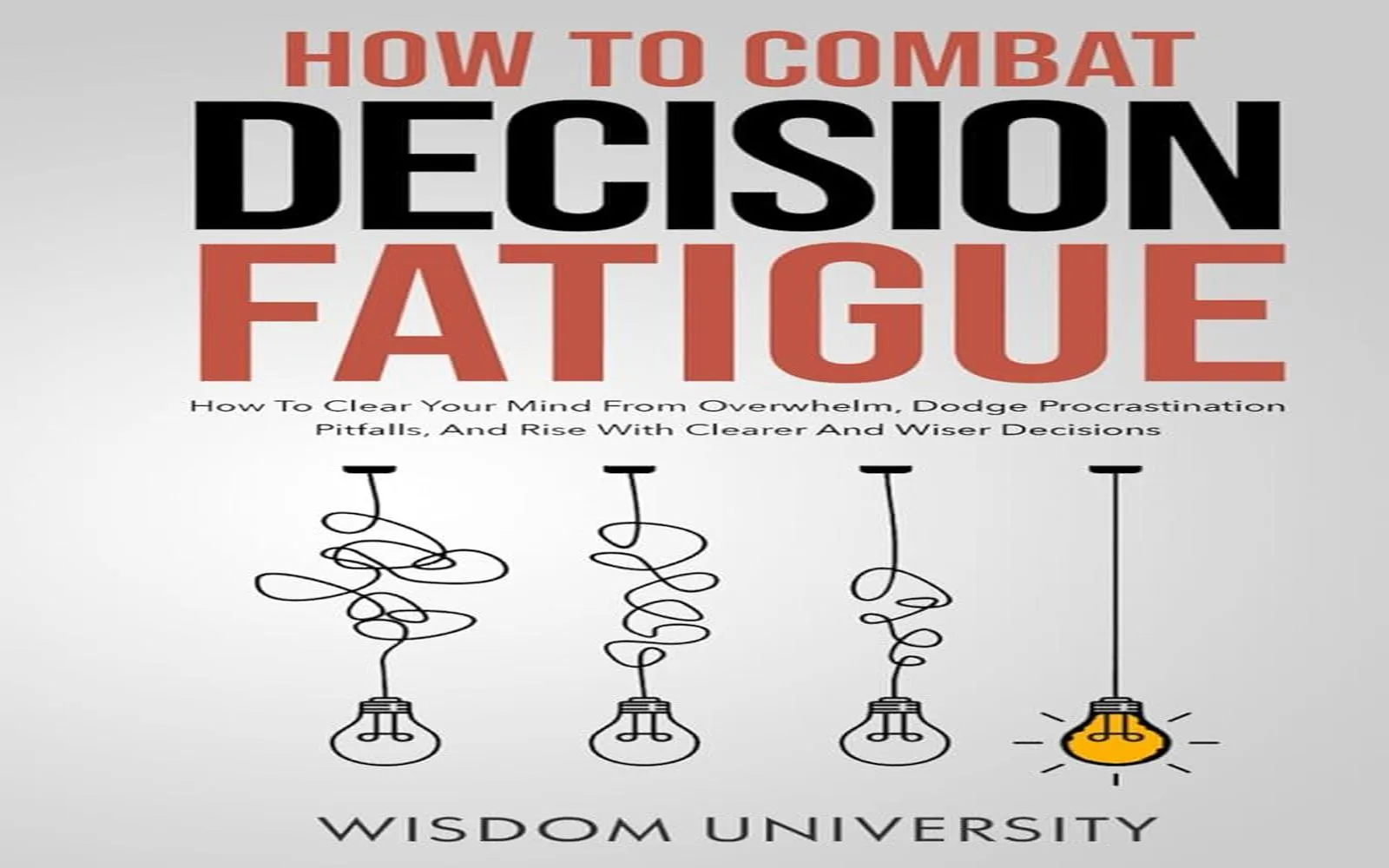Understanding Decision Fatigue
Decision fatigue refers to the deteriorating quality of decisions made by an individual after a long session of decision-making. Essentially, the more decisions you have to make, the harder each one becomes. This phenomenon can drastically affect productivity levels, causing individuals to either procrastinate or make poor choices. A productivity drop can be especially detrimental in high-stakes environments, where decisions can lead to significant consequences.
How Decisions Impact Productivity
Every day, we face countless decisions, from trivial ones like what to have for breakfast to more significant choices involving our careers or finances. The cumulative effect of these decisions can lead to mental exhaustion, decreasing our ability to focus and perform effectively. To illustrate this concept, consider the following table:
| Type of Decision | Impact on Productivity |
|---|---|
| Trivial Decisions | Minimal impact; quick and easy to resolve |
| Moderate Decisions | Requires more thought; can lead to slight fatigue |
| High-Stakes Decisions | Significant impact; can lead to severe decision fatigue |
Strategies to Manage Decision-Making
To combat decision fatigue and boost productivity, it’s essential to implement effective decision-making strategies. Here are some proven techniques:
1. Prioritize Your Decisions
Not all decisions are created equal. Identify which decisions carry the most weight and prioritize them. This way, you can tackle significant choices when your energy levels are at their peak, usually at the beginning of your day.
2. Limit Choices
Too many options can lead to analysis paralysis. By narrowing down your choices, you can simplify decision-making. For instance, when shopping, limit yourself to a few brands or products that meet your criteria instead of browsing through endless options.
3. Create Routines
Establishing routines for daily tasks can significantly reduce the number of decisions you have to make. For example, having a set breakfast or a specific workout schedule can minimize the mental load of deciding what to do next.
4. Delegate Decisions
Whenever possible, delegate decisions to others. This is particularly effective in a workplace setting. Empower your team to make decisions within their areas of expertise, allowing you to focus on the larger strategic choices that require your attention.
5. Use Decision-Making Tools
There are various tools available that can assist in the decision-making process. From pros and cons lists to advanced software solutions, utilizing these resources can help clarify your options and streamline the decision process.
The Downside of Poor Decision Management
While managing decisions effectively can enhance productivity, poor decision management can lead to detrimental outcomes. Some consequences include:
- Increased Stress: Constantly second-guessing decisions can result in elevated stress levels, affecting overall well-being.
- Burnout: Decision fatigue can lead to burnout, making it harder to engage in both work and personal life.
- Poor Performance: A decline in the quality of decisions can directly impact work performance, leading to missed deadlines or lost opportunities.
The Role of Breaks in Decision-Making
Taking regular breaks is essential for maintaining productivity levels. Short breaks allow your brain to recharge, enabling you to return to decision-making tasks with renewed focus and clarity. Incorporating breaks into your daily routine can result in better choices and improved performance.
Conclusion: The Balance of Decision Management
Managing decisions effectively is crucial for maintaining productivity. By understanding the implications of decision fatigue and employing strategic approaches to decision-making, you can enhance your overall efficiency. Remember, it’s not just about making decisions; it’s about making the right ones at the right time. Prioritize your choices, simplify your options, and take care of your mental well-being to ensure continued success in both your personal and professional life.





